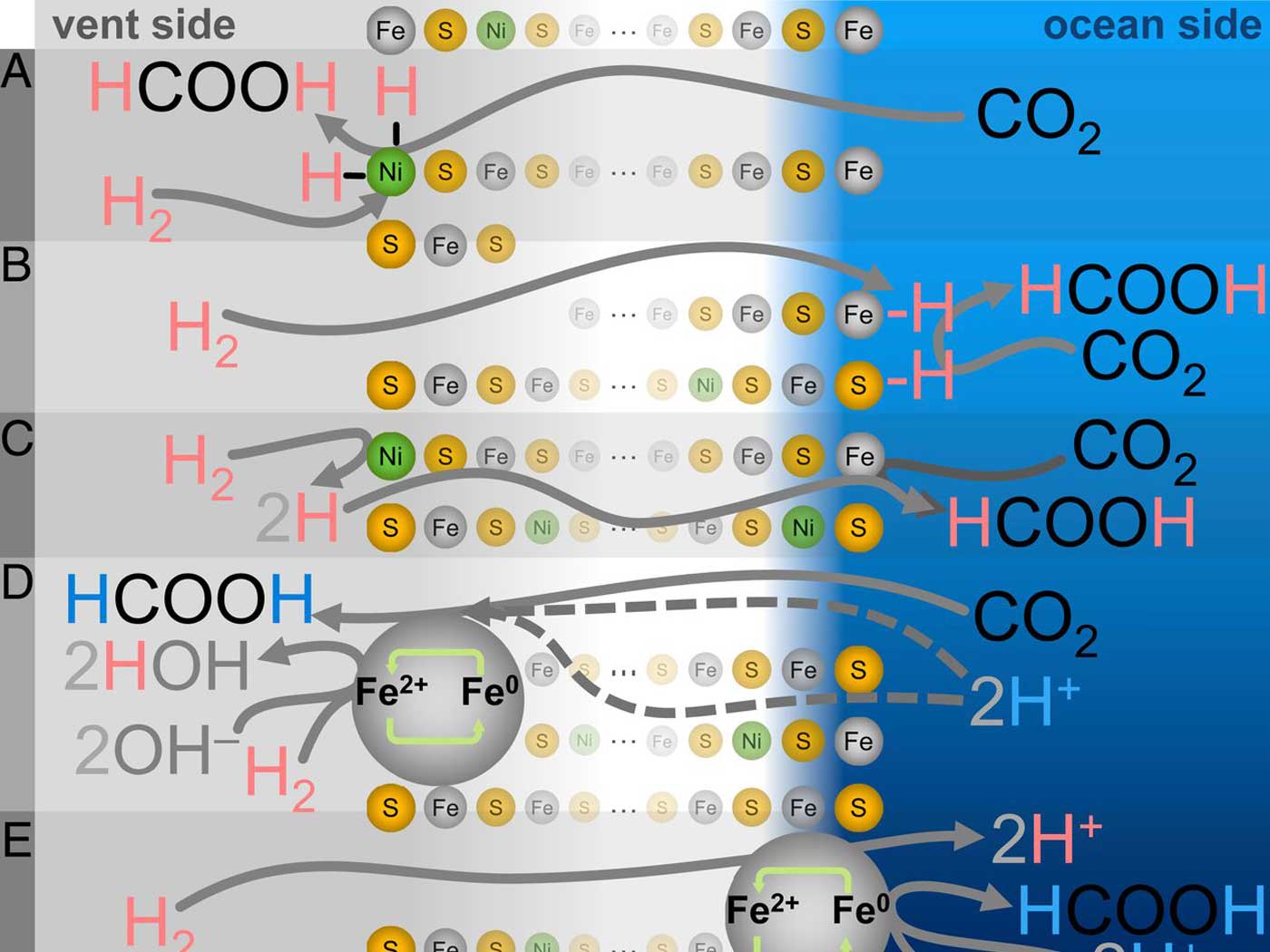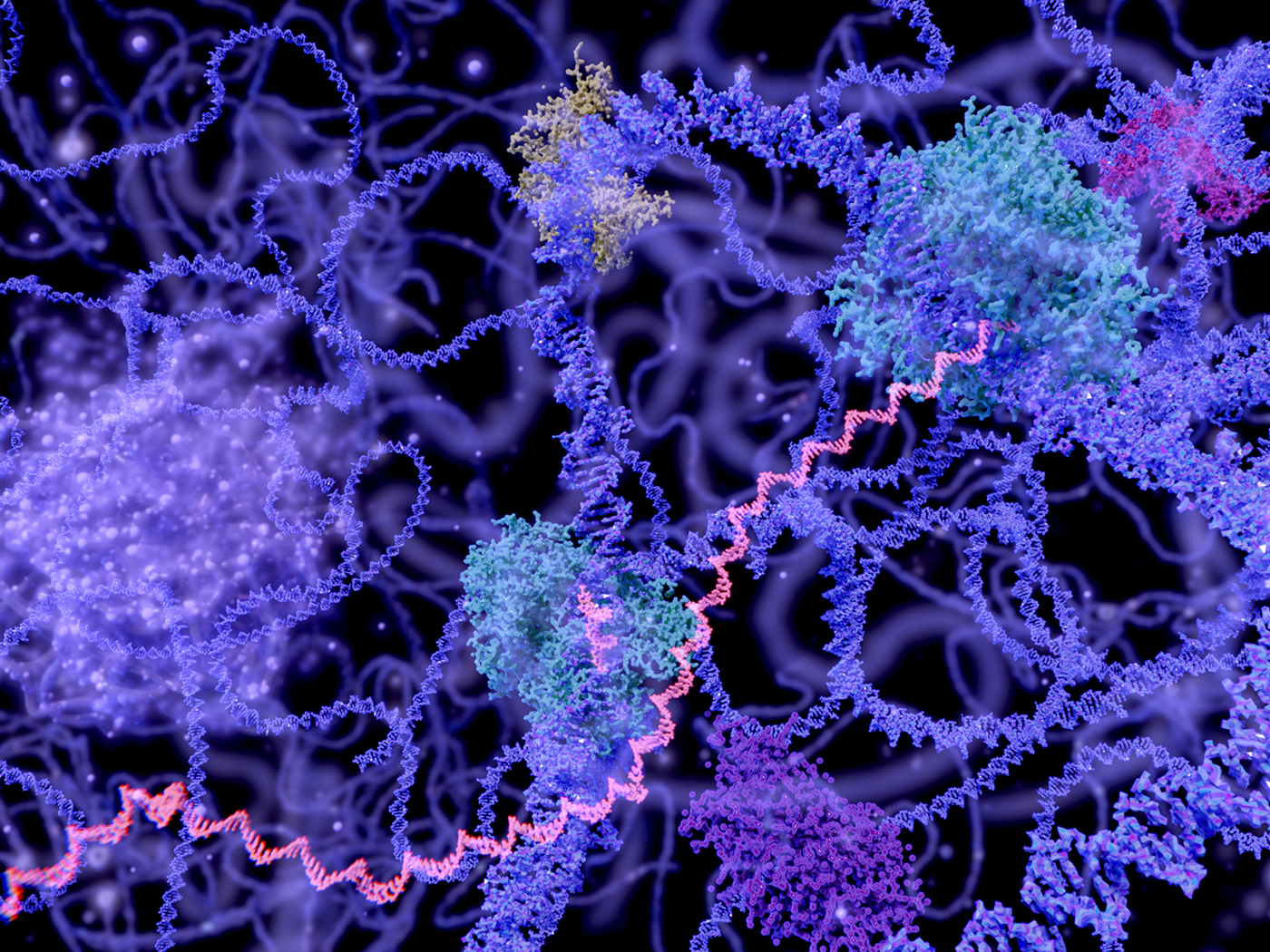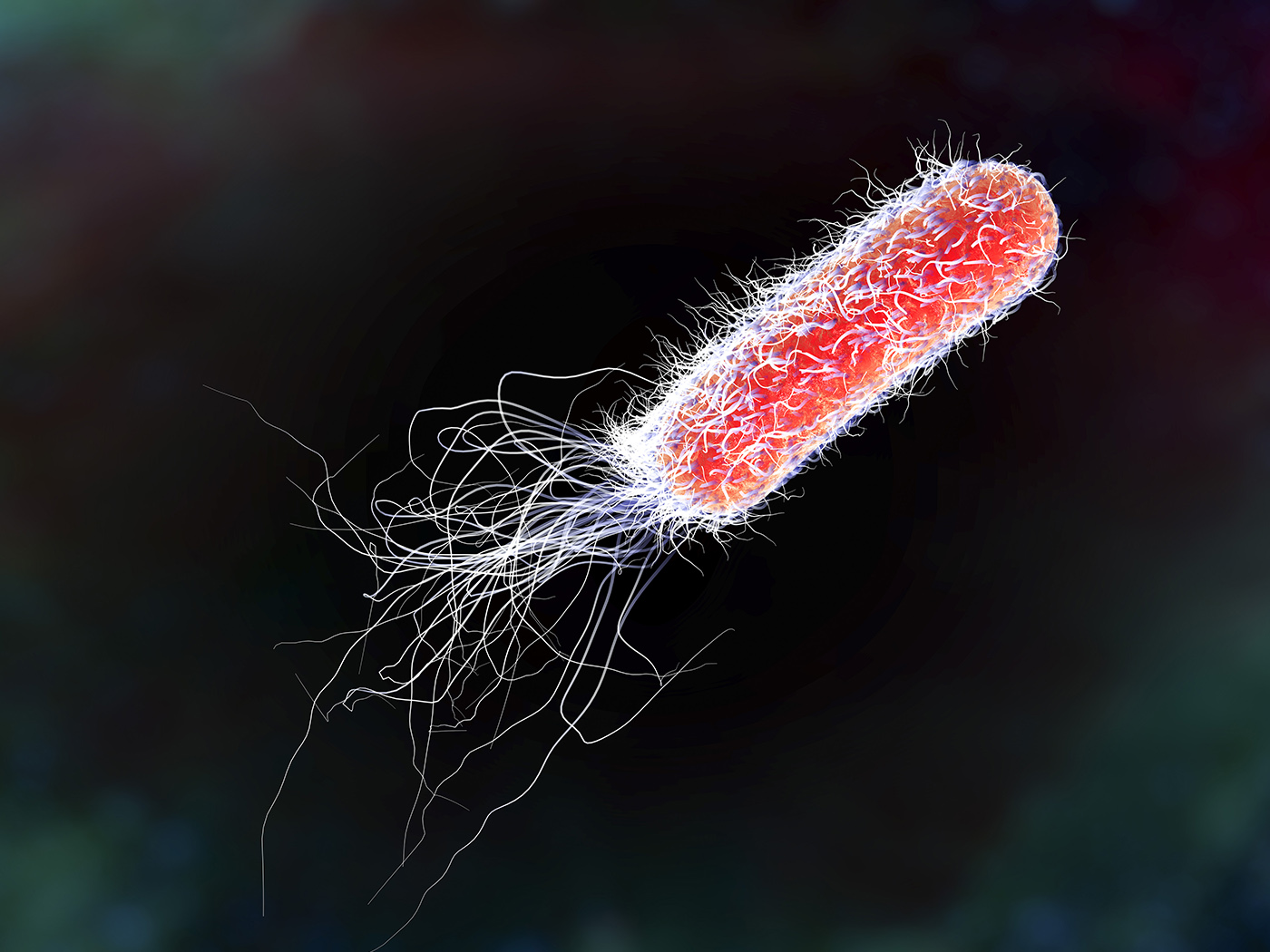Research associated with the Simos Foundation’s Collaboration of the Origins of Life offers a new answer to an old problem for getting a soup of chemicals to somehow turn into a living cell. Assuming that life arose spontaneously, how did the rarely available element phosphorus get concentrated into high enough amounts to supposedly incorporate itself into the many essential biochemicals that contain phosphorus?
DNA and RNA molecules come packed with phosphorus—and phosphorus forms part of proteins. You can’t have cellular life without all three types of these molecules: DNA, RNA, and proteins. In today’s world, phosphorus in watery solution readily binds calcium to form calcium phosphate minerals. Imagined early emerging cells could not access phosphate that was tied up in minerals. They would have needed some type of free-floating phosphates.
Jonathan Toner and David Caitling from the University of Washington described their solution to the phosphorus problem in their coauthored article appearing in the journal PNAS.1 In it, they propose that freely available phosphate could have concentrated in shallow, salty lakes.
If the imaginary ancient lakes had high enough carbonate content, the researchers argue, then that carbonate would shove some phosphates aside. This standard chemical process would produce calcium carbonate minerals in place of some calcium phosphate, liberating a few phosphates to spontaneously form living cells out of a dead soup.
Lead author Toner told the University of Washington, “It solves the phosphate problem in an elegant and plausible way.”2 Now, with the phosphate problem supposedly solved, does this increase the probability that a soup of chemicals would form a living cell?
It’s one thing for iron, carbon, and chromium to swirl together, but another thing entirely for those raw ingredients to form steel all by themselves. In fact, they don’t. People must combine them in specified ratios and conditions. Then to shape that steel into the forms needed to build a car represents an entirely separate and more sophisticated level of direction and skill.
The same logic applies to DNA, RNA, and proteins—and entire cells. Just because you have some DNA does not necessarily mean it contains biological information. Programming is required. But naturalists, by definition, disdain any notion of a programmer.
Study author Caitling said, “The extremely high phosphate levels in these lakes and ponds would have driven reactions that put phosphorus into the molecular building blocks of RNA, proteins, and fats, all of which were needed to get life going.”2
So, phosphate would have driven reactions to put itself into RNA and proteins? Which chemistry experiments show that has ever happened?
Instead, their drying lake scenario places phosphate in watery solution—a lethal problem for the origin of life. Water destroys DNA, RNA and protein, ensuring that these vital biochemicals would never form outside of purposeful, protective, precise boundaries like those that envelop living cells.3
Even provided all the phosphate one could wish, the old life-from-soup scenarios “suffer from bioenergetic and thermodynamic failings.”4 Not to mention the specification of programming language that living cells require.5
Cellular life doesn’t just need phosphorus. It needs proteins to integrate phosphorus into its DNA, RNA, and proteins. It needs water to mobilize chemicals, but cannot form with water around. It needs energy but cannot access energy without the cellular energy systems already in place. It needs encyclopedias of growth, adaptation, and maintenance instructions, but cannot write any information on its own. In short, it needs help from outside the universe.
This recent phosphorus study only solves the phosphate problem for life’s origin in one’s imagination. In reality, the watery surroundings of phosphate soup douse sparks of life’s required chemicals.
References
1. Toner, J. D., and D. C. Caitling. 2019. A carbonate-rich lake solution to the phosphate problem of the origin of life. PNAS. DOI.org/10.10773/pnas.1916109117
2. Hickey, H. Life could have emerged from lakes with high phosphorus. University of Washington News. Posted on Washington.edu December 30, 2019, accessed December 30, 2019.
3. Tomkins, J. 2018. Abiogenesis: Water and Oxygen Problems. Acts & Facts. 47 (4): 8-9.
4. New Research Rejects 80-year Theory of ‘Primordial Soup’ as the Origin of Life. Wiley-Blackwell press release, February 2, 2010.
5. Johnson, D. In Marks, R. J., M. J. Behe, W. A. Dembski, B. L. Gordon, and J. C. Sanford, Eds. 2013. Biological Information: New Perspectives. Singapore: World Scientific Publishing Co. Pte. Ltd.
Dr. Thomas is a Research Associate at the Institute for Creation Research and earned his Ph.D. in paleobiochemistry from the University of Liverpool.

Solving the First-Life Phosphate Problem
The Latest
Photosynthetic Proteins Power Plants
Some scientists think the photosynthetic process is all but figured out since the discovery of more details regarding the place, assembly, and function...
CREATION PODCAST
Uncovering the Secrets of Earth's Oceans | The Creation Podcast:...
The oceans cover most of our planet's surface. Uniformitarians claim the oceans are nearly 4 billion years old, but the evidence says otherwise.
Host...
A Giant Ichthyosaur: Largest Ever Marine Reptile?
Paleontologists have discovered portions of a giant ichthyosaur’s lower jawbone on Blue Anchor Beach at the southern entrance to the United Kingdom’s...
New Titanosaur Species Discovered in Uruguay and Argentina
The pre-Flood world had some truly massive dinosaurs, and the largest of them were in the group Sauropodomorpha.1 Within this group were...
May 2024 ICR Wallpaper
"Have I not commanded you? Be strong and of good courage; do not be afraid, nor be dismayed, for the LORD your God is with you wherever you...
Was a Key to Photosynthesis Evolution Discovered?
Northern Canadian lakes were the source of recently discovered unique photosynthetic bacteria of the phylum Chloroflexota. After years of culturing,...
CREATION PODCAST
Four Moons That Indicate a Young Universe | The Creation Podcast:...
Earth has one moon, but Jupiter has many! What can we learn from our celestial neighbor's satellites? Do they indicate youth?
Host...
Creation Kids: Seeds and Sprouts
by Renée Dusseau and Susan Windsor*
You're never too young to be a creation scientist and explore our Creator's world. Kids, discover...
APOLOGETICS
Christ’s Creativity in Canyon Critters
Grand Canyon animals display many marvelous traits and behaviors as they live life in that harsh habitat. These canyon creatures succeed thanks to the...
























